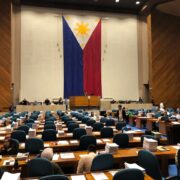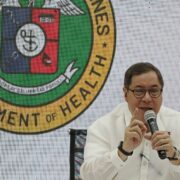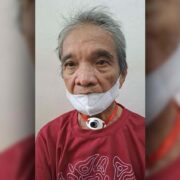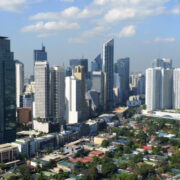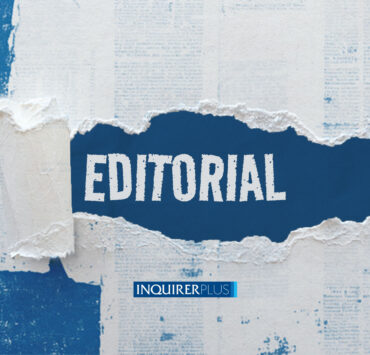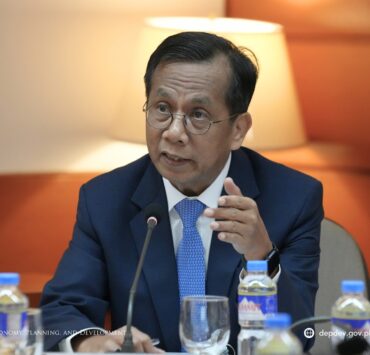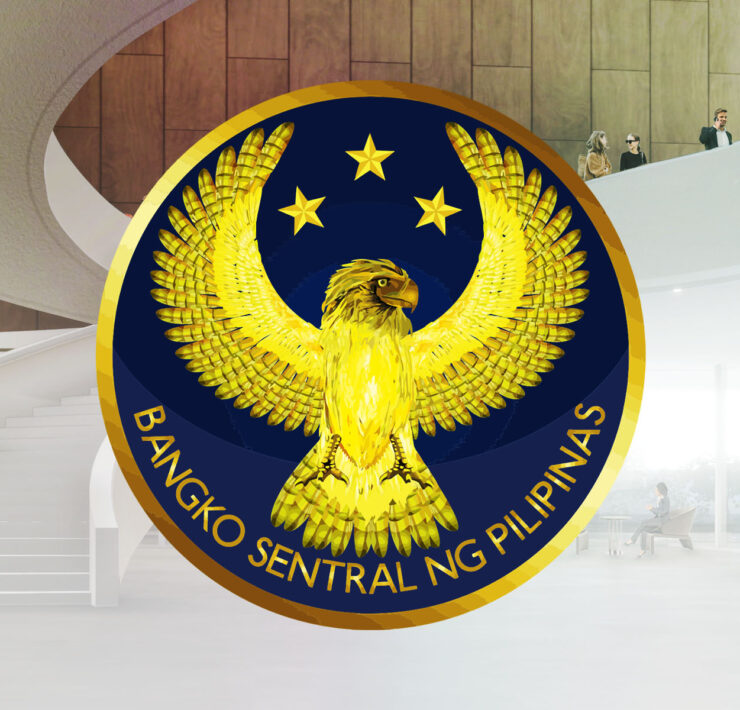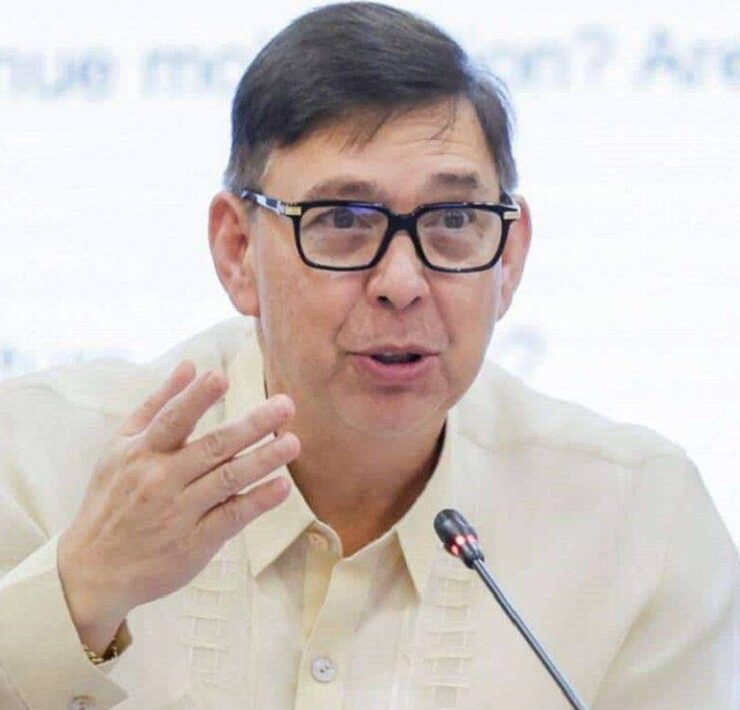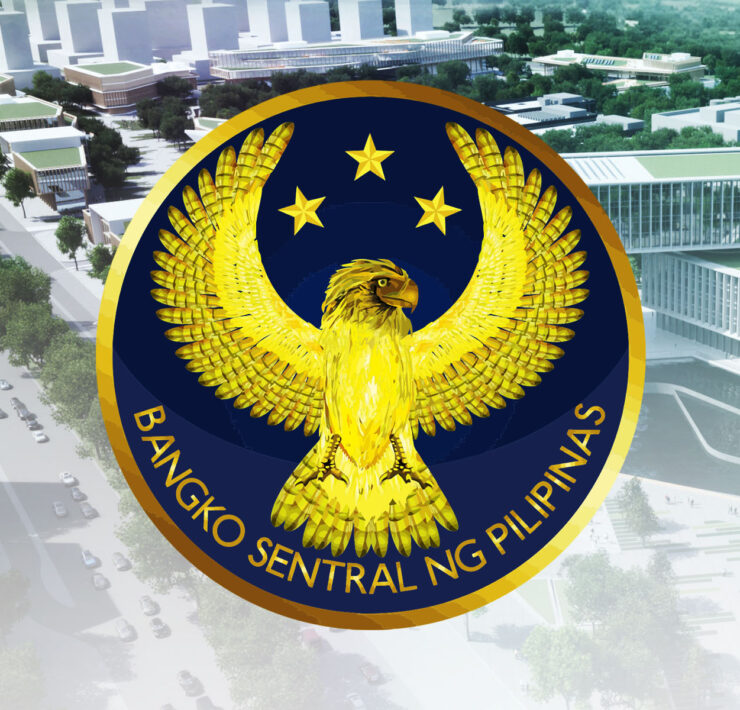PH FDI stayed positive in Aug despite headwinds
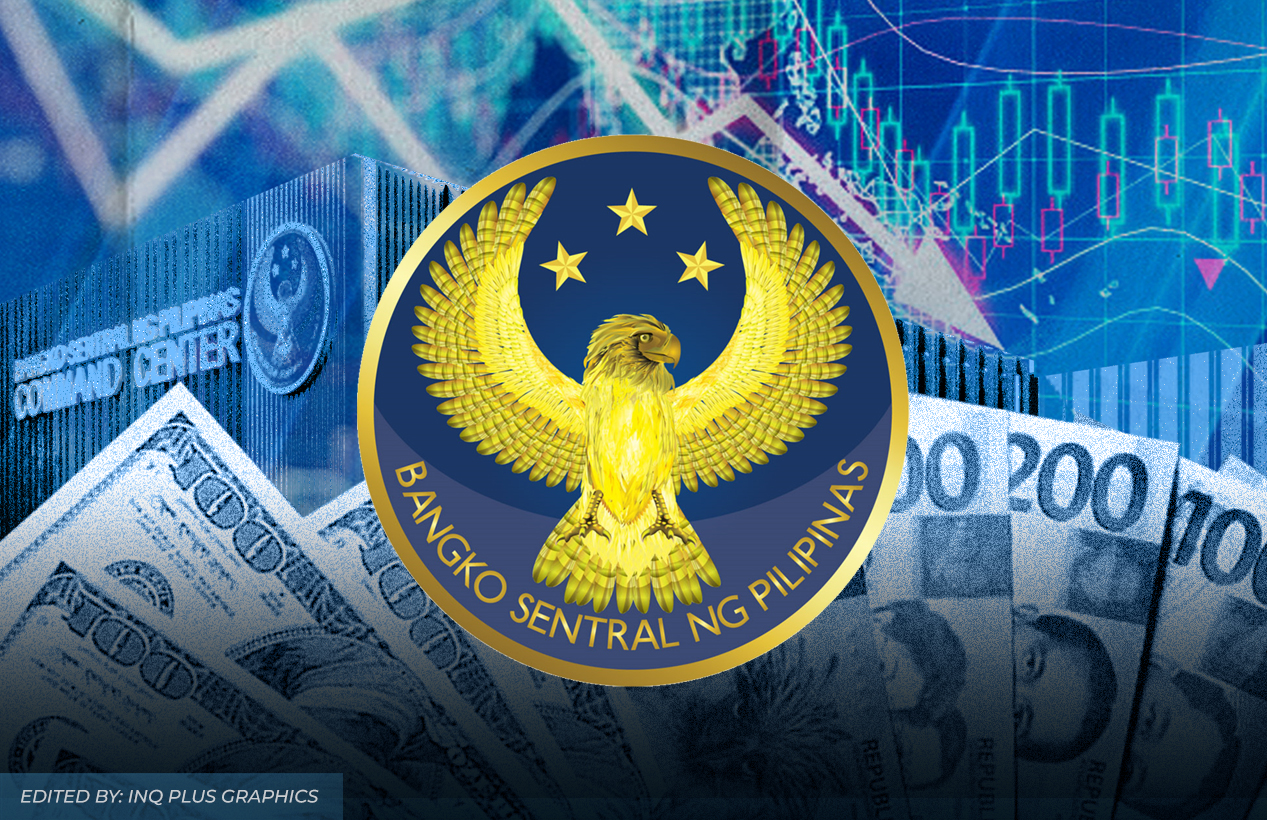
Foreign direct investment (FDI) in the Philippines still posted a net gain in August, though much smaller than a year earlier, as the economy contends with a growing list of challenges at home and abroad that threaten to erode investor confidence.
Latest data from the Bangko Sentral ng Pilipinas (BSP) showed FDI inflows had beaten outflows by $494 million—still positive, but down 40.5 percent from a year earlier. It was the sharpest drop in six months, following a 56.2 percent year-on-year contraction in February.
From January through August, net inflows totaled $5.18 billion, 22.5 percent lower than the same period last year. The tally represented about 69 percent of the central bank’s full-year forecast of $7.5 billion in FDI.
Unlike foreign portfolio investments, which can flee at the first sign of trouble, FDI typically represents longer-term commitments that generate jobs and support industrial growth. That said, the government has been seeking to draw more of such inflows while retaining those already here.
But several developments in August may have weighed on sentiment. Higher US tariffs on Filipino exports took effect during the month, while a widening probe into alleged irregularities in public works projects unsettled business circles and prompted some firms to scale back expansion plans.
Robert Dan Roces, chief economist at SM Investments, said the fresh data reflected investors “turning cautious amid global uncertainty, elevated borrowing costs and slower project uptake.”
“The drop was driven by fewer new big-ticket investments, among others. Near term, inflows may stay soft as investors await clearer policy signals, yet could pick up by mid-2026 if reforms and manufacturing projects gain traction,” Roces added.
John Paolo Rivera, a senior research fellow at the state-run Philippine Institute for Development Studies (PIDS), echoed that view, noting that “high interest rates, slower global trade, and geopolitical uncertainty” have made investors more hesitant to pursue projects in emerging markets.
“Domestically,” Rivera added, “policy uncertainty and slower government spending may have weakened investor confidence in short-term prospects.”
A closer look at the central bank’s report showed that equity capital investments—a gauge of new FDI—rose 53.2 percent to $158 million in August, beating capital withdrawals, which plunged 66.2 percent to $13 million. The result was a net equity capital inflow of $146 million, more than double the year-earlier figure.
So far this year, the BSP said most of the fresh FDIs have come from Japan, the United States, Singapore and South Korea, with manufacturing, wholesale and retail trade, and real estate among the top recipients.
Still, reinvestment of earnings—which made up the bulk of FDIs in August—slipped 3.6 percent to $203 million, while intercompany borrowings between multinational firms and their Philippine subsidiaries tumbled 73.8 percent to $145 million.
Rivera of PIDS said the fact that inflows still exceeded outflows in August showed that investors continue to see long-term potential in the Philippines, particularly in manufacturing, renewable energy and infrastructure.
“For the rest of 2025, our macro prospects expect FDI to stay modest but positive, improving slightly in early 2026 once spending accelerates and clarity on reforms and project pipelines is restored,” he said.
“The key is for the national government to signal policy stability and speed up implementation of investment-ready projects to regain investor momentum,” he added.




